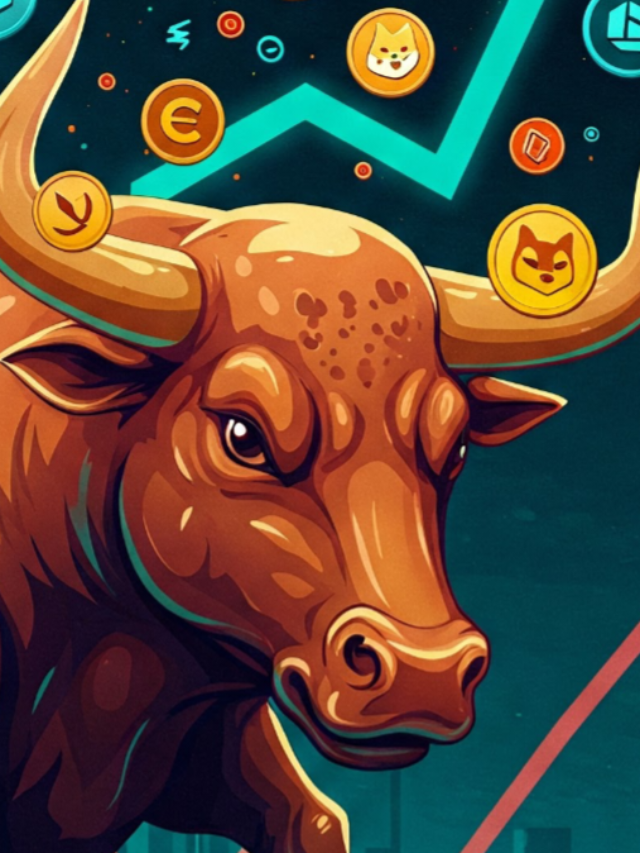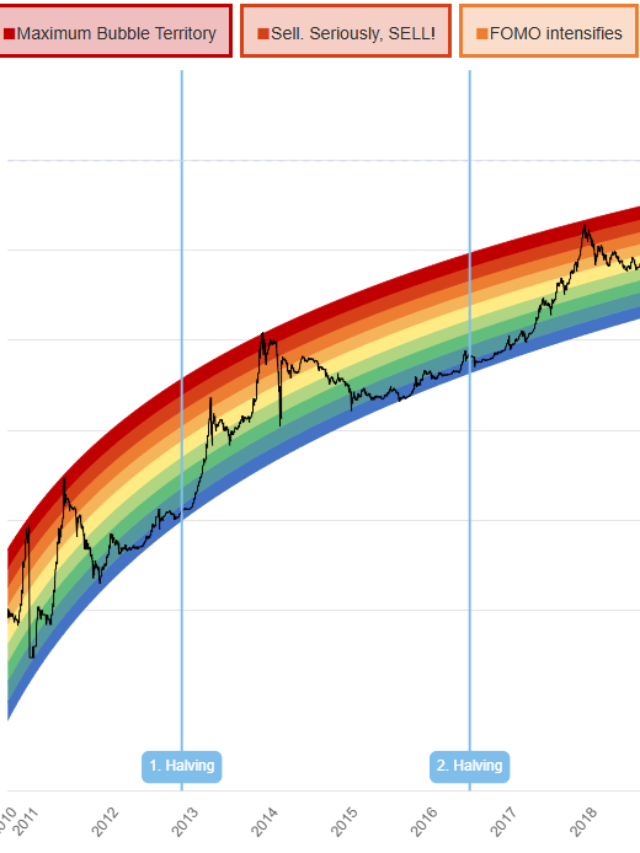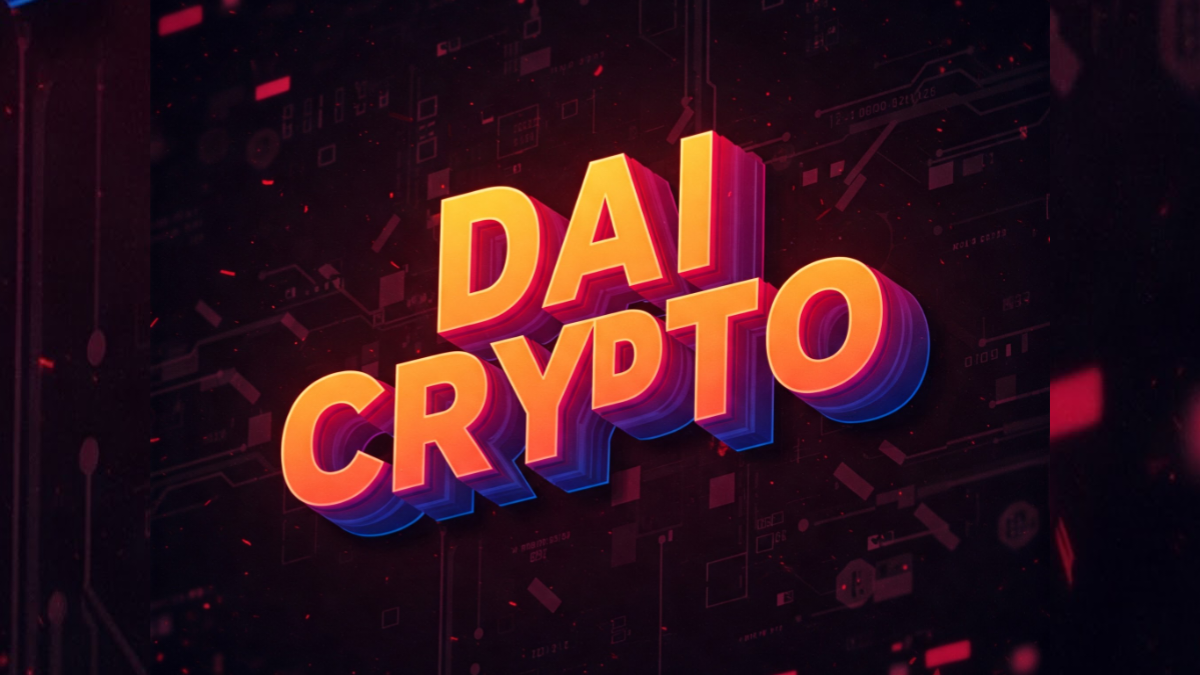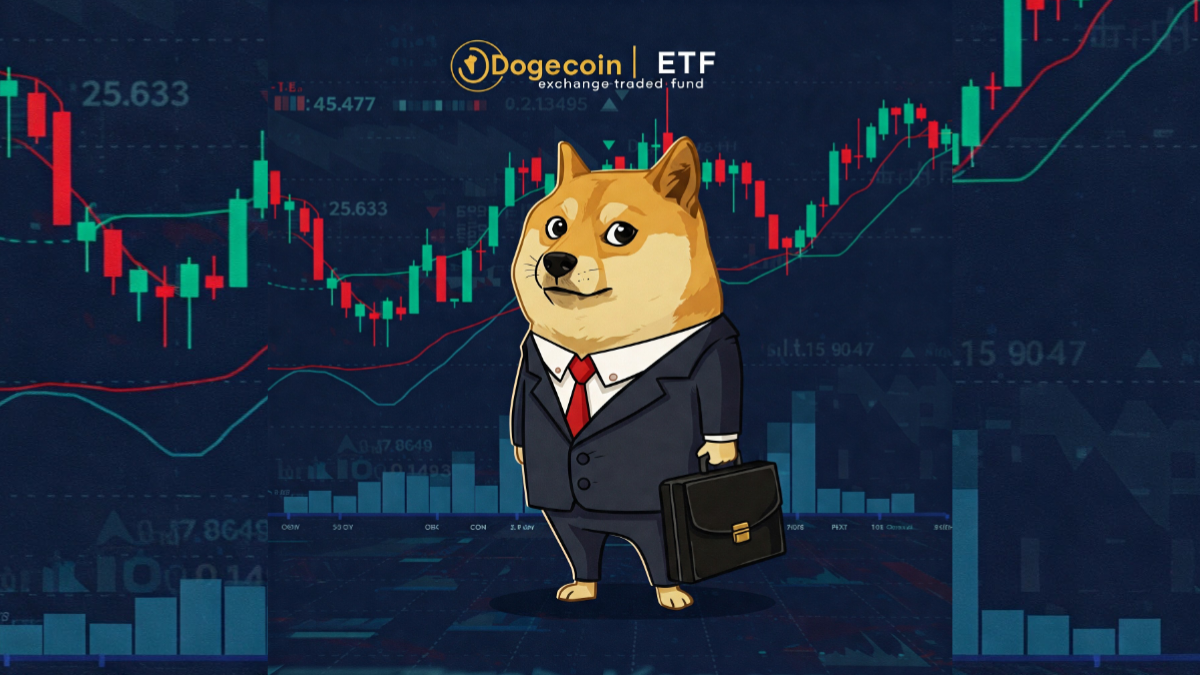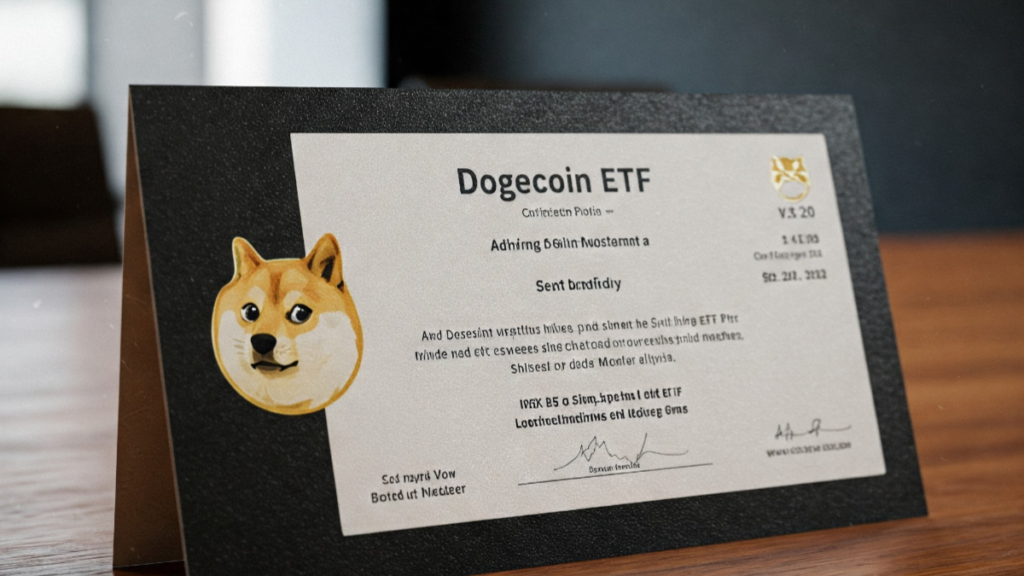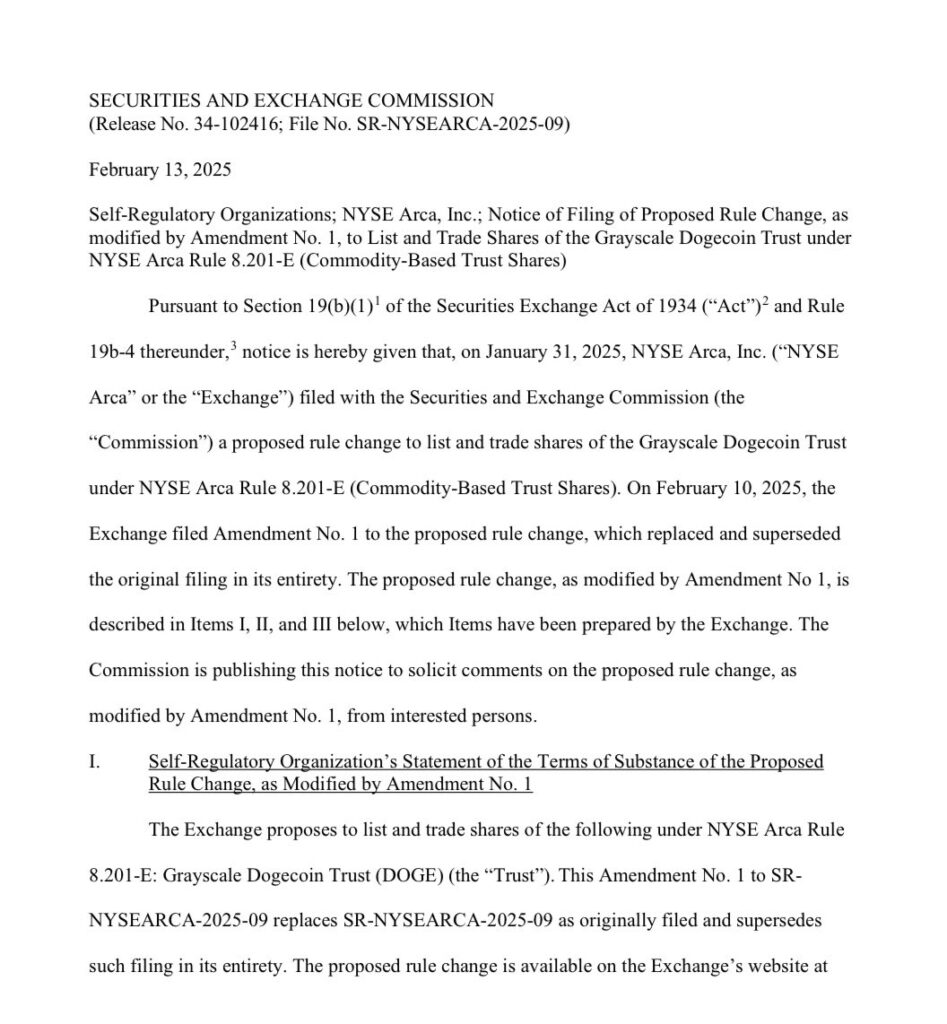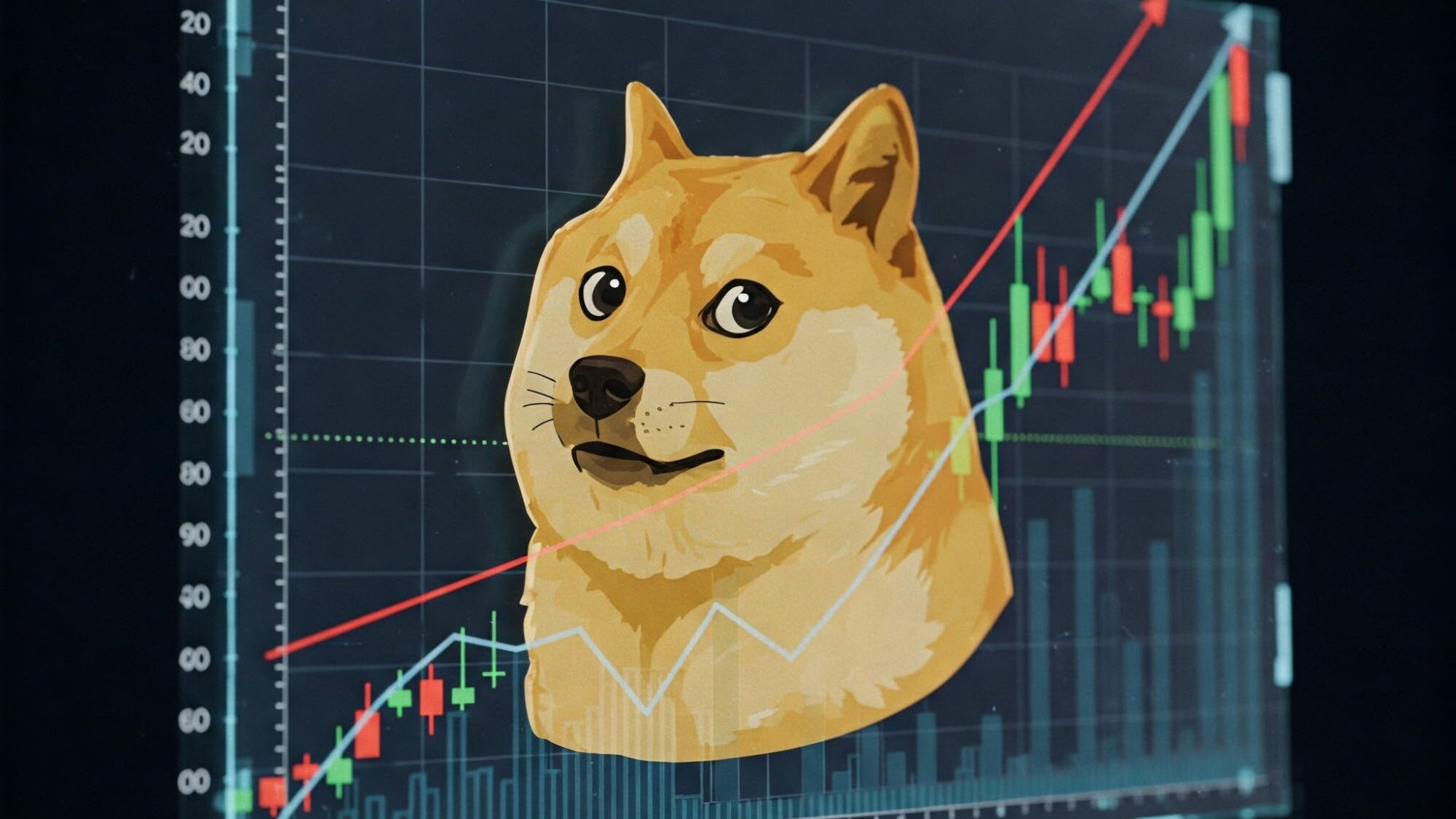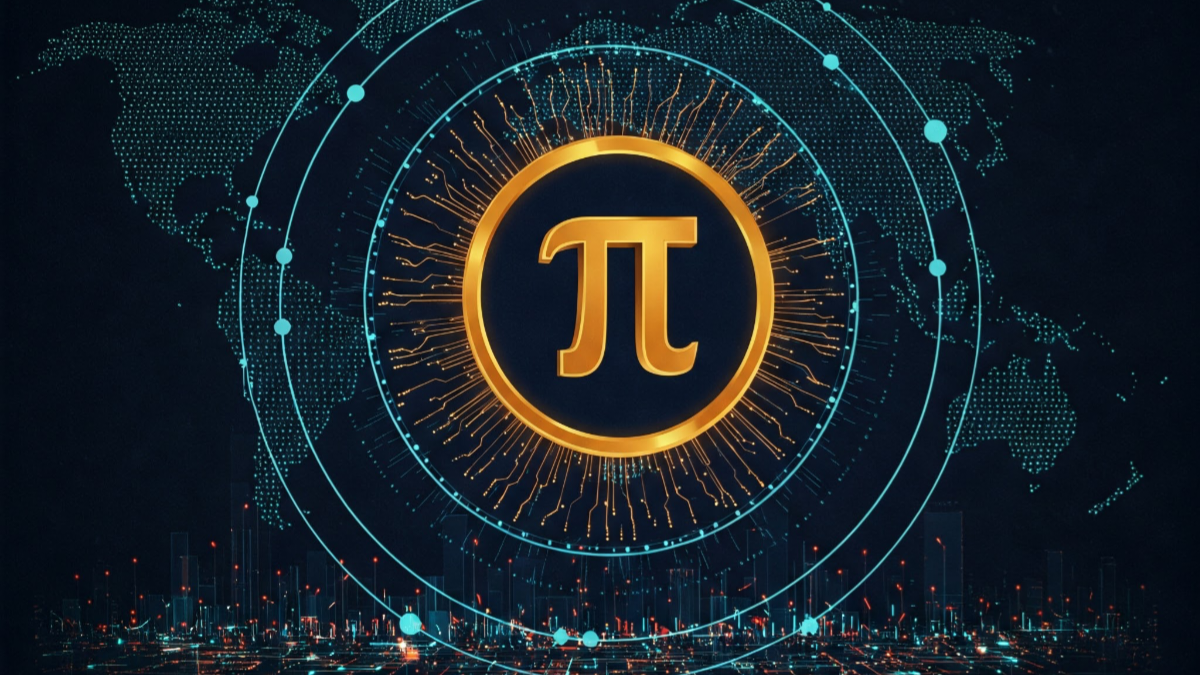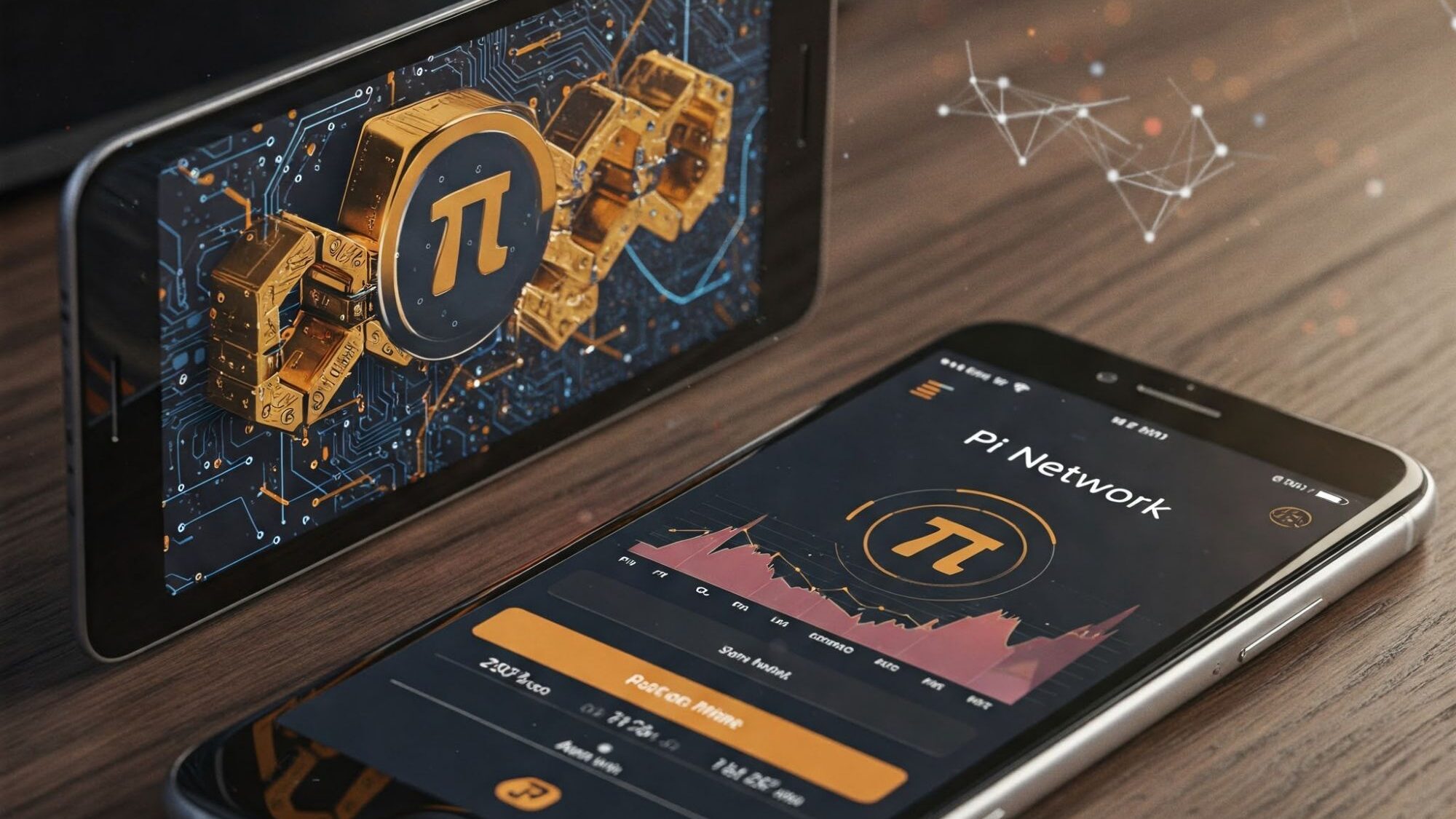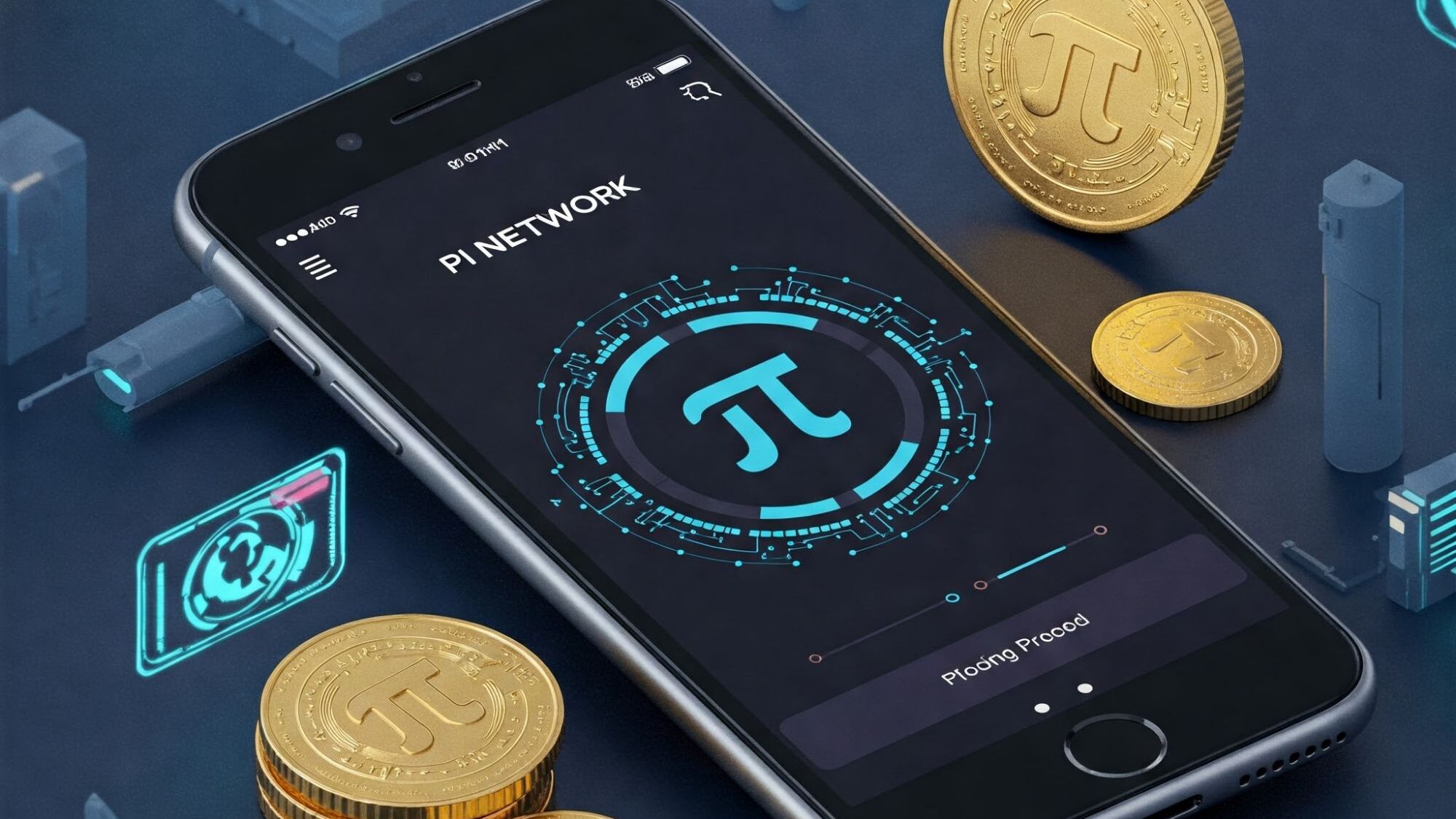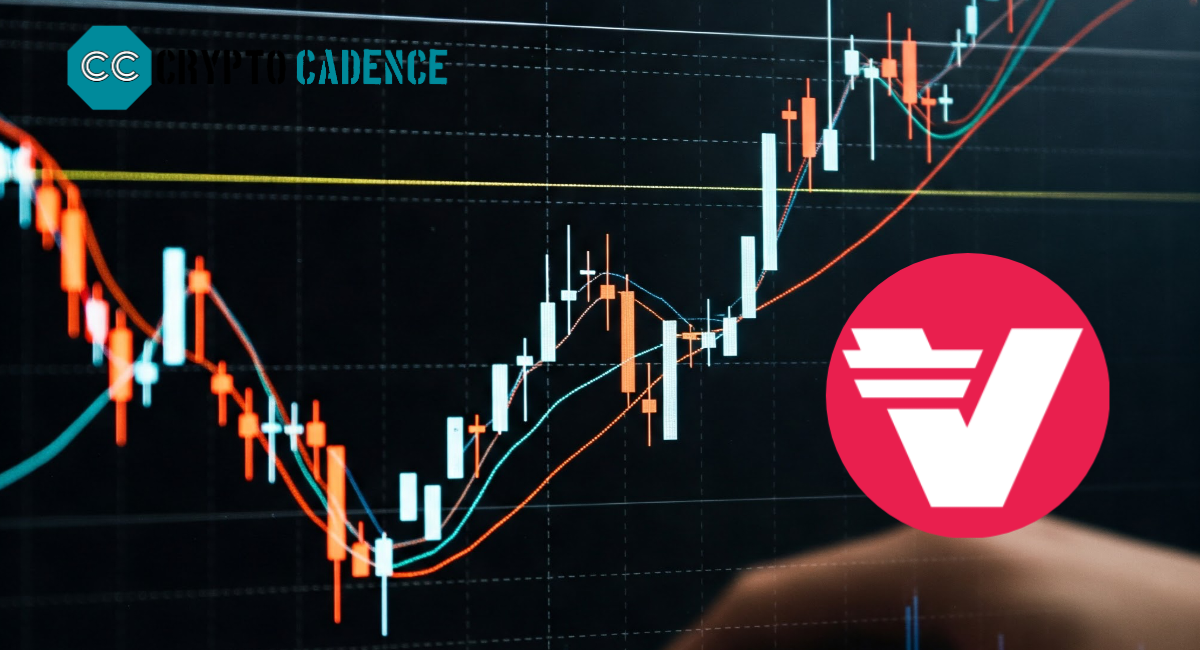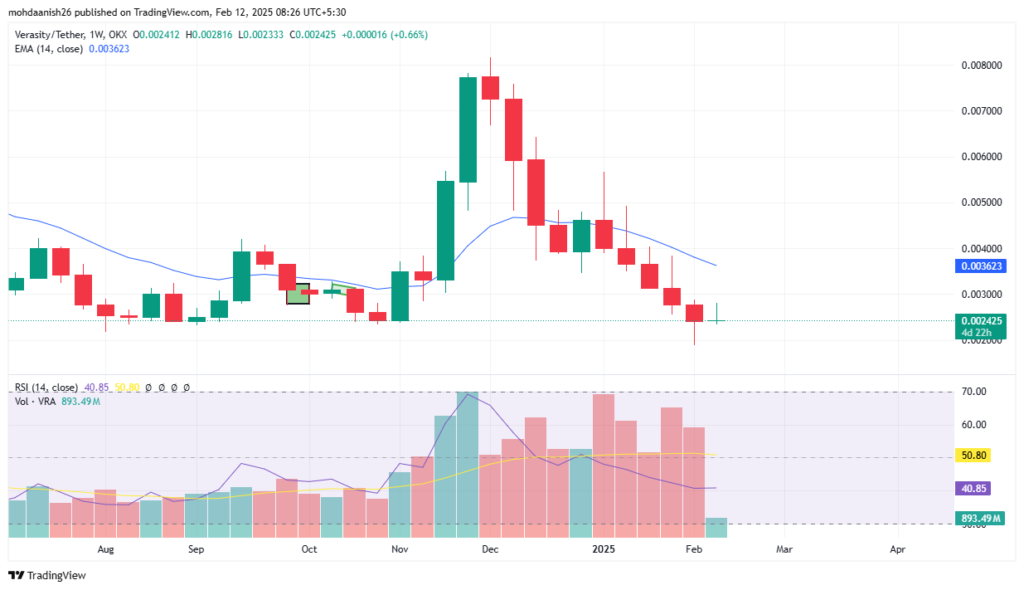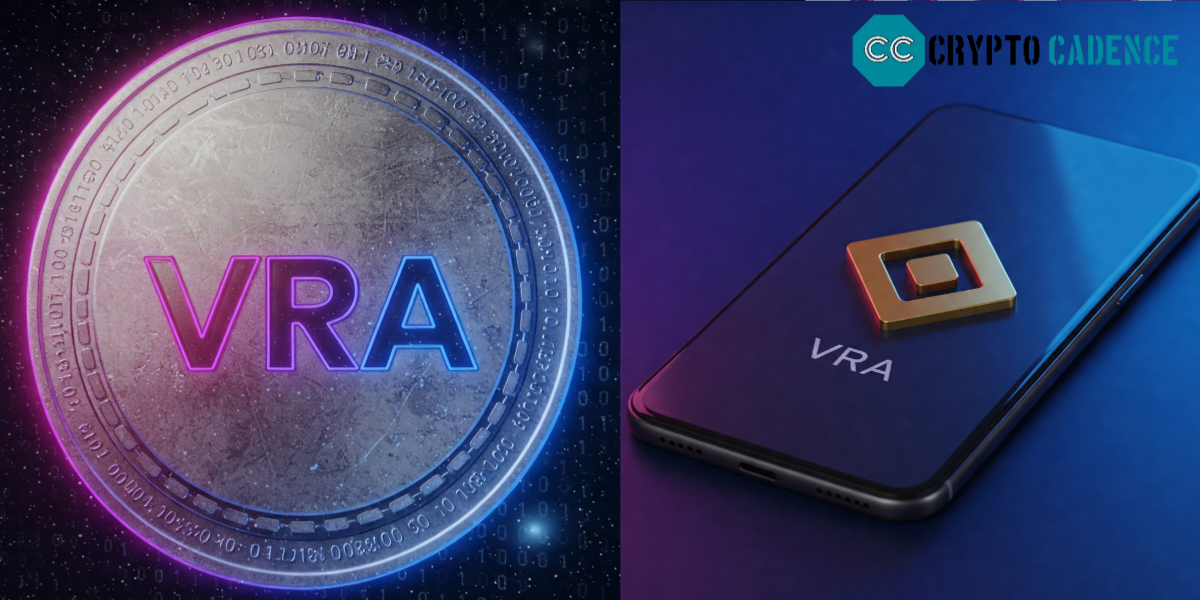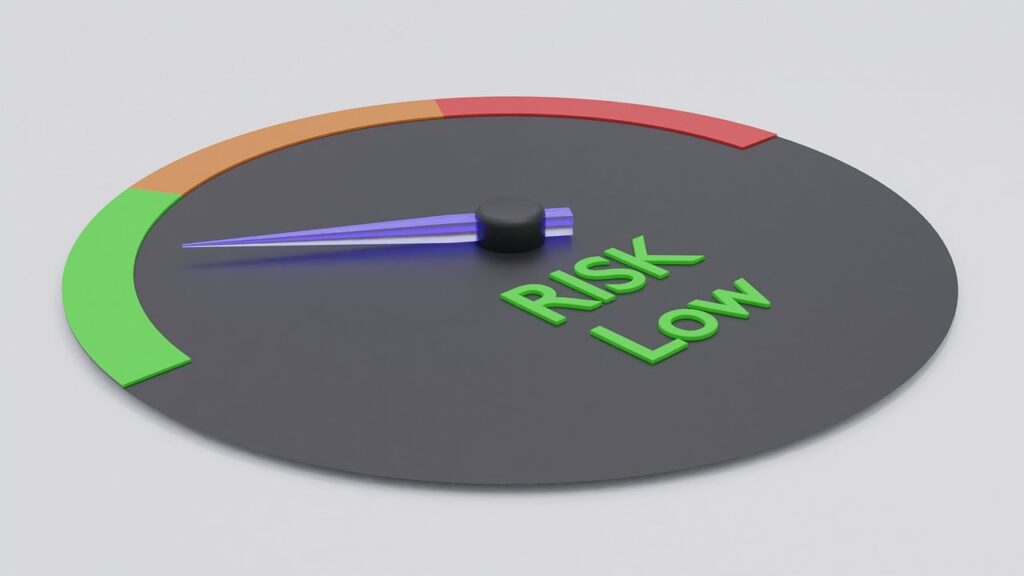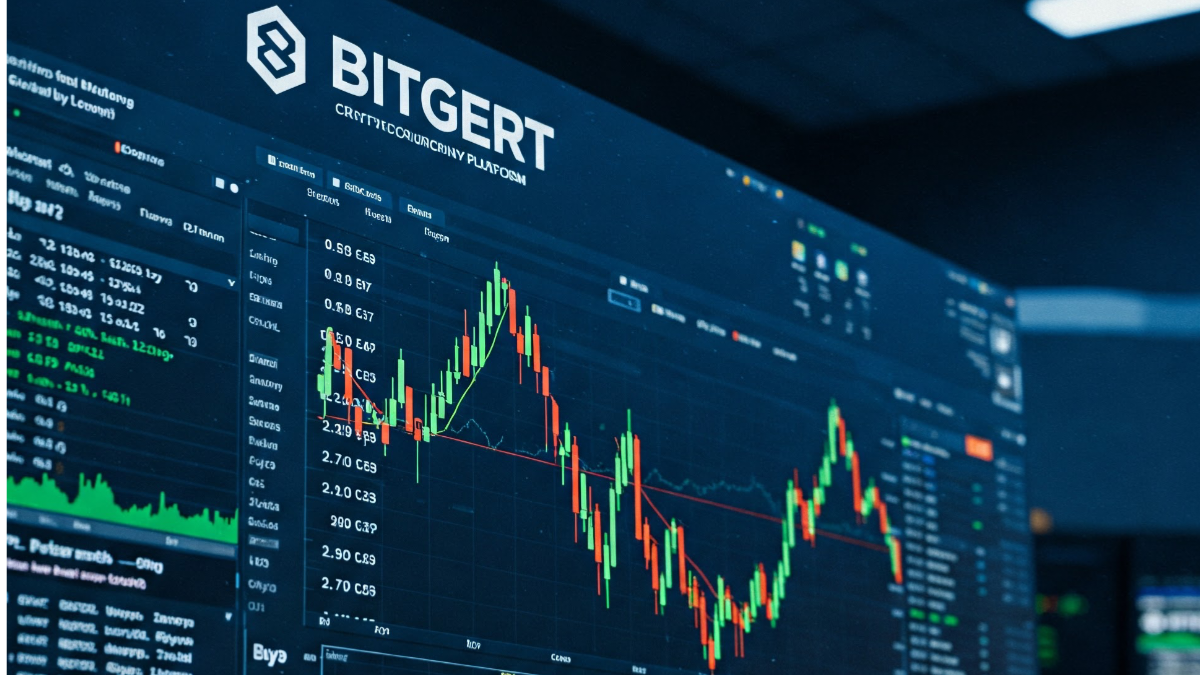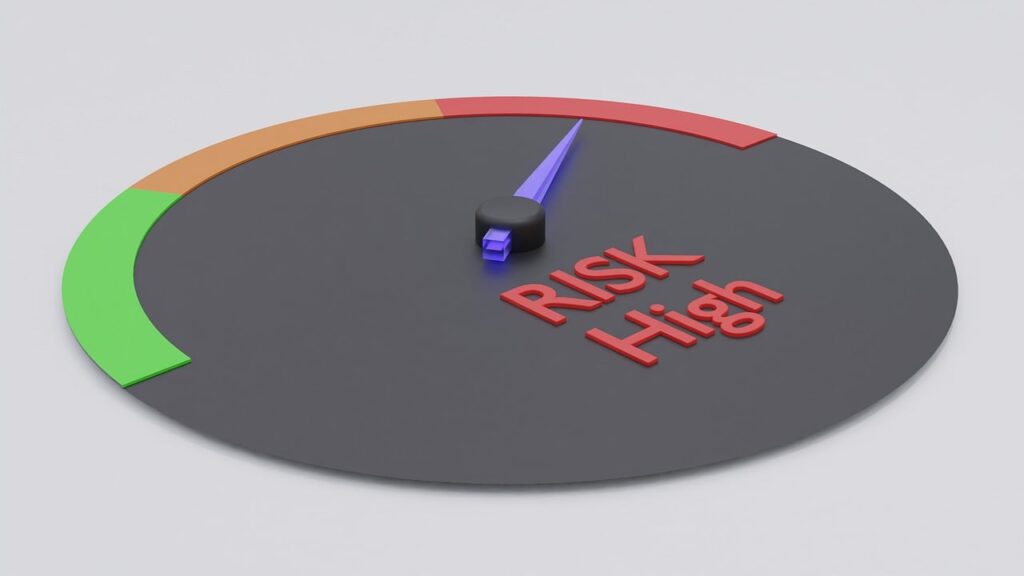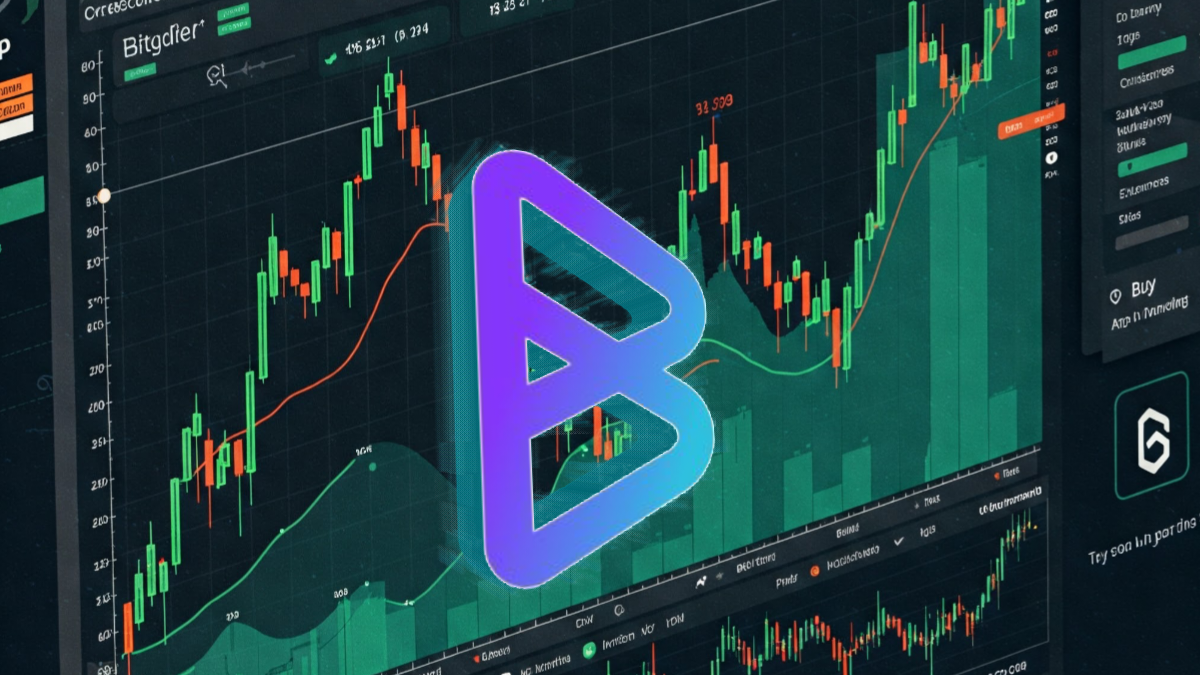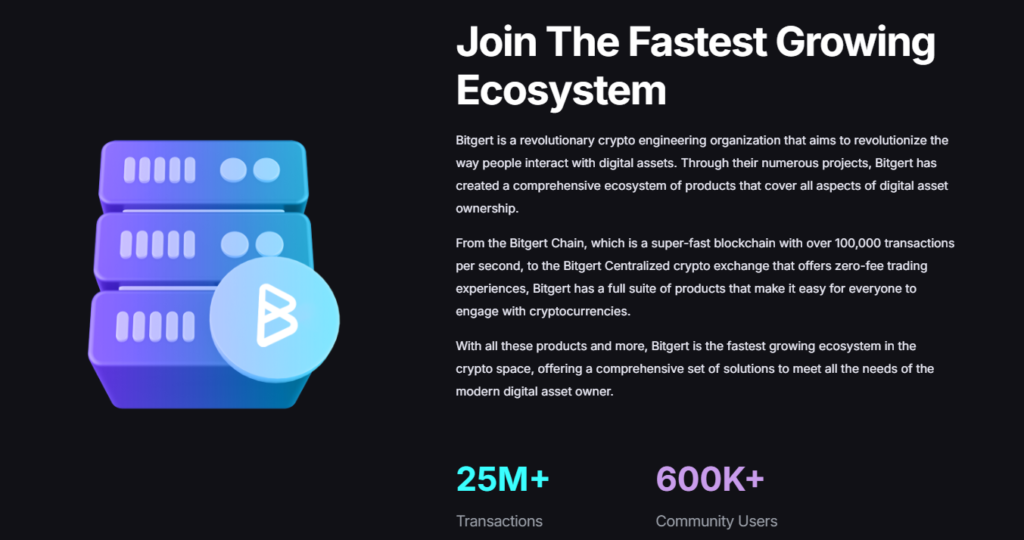Introduction: The Evolution of DeFi and the Need for Stability
Decentralized finance (DeFi) is shaking up the financial world by using blockchain technology to rethink traditional systems. By removing intermediaries like banks, DeFi platforms allow people to lend, borrow, and trade directly with each other, while also providing transparency and easy access. However, the extreme price fluctuations of cryptocurrencies like Bitcoin and Ethereum can make them difficult to use on a daily basis. This is where Stablecoins come in – these digital coins are pegged to stable assets like the US dollar. Among them, Dai Coin shines as a decentralized and reliable stablecoin that plays a key role in the DeFi landscape.
What is Dai Coin?
Dai (DAI) is a decentralized stablecoin created in 2017 by MakerDAO, one of the first projects in the DeFi sector. Unlike centralized stablecoins (such as Tether or USDC), Dai keeps its value tied to the US dollar via smart contracts on the Ethereum blockchain, using a method of over-collateralization. This decentralized setup means that no single entity can control the supply or price of Dai, making it a perfect fit for the DeFi principle of financial freedom.
How Dai Keeps Its Value Stable
- Collateralization:
To create Dai, users put up collateral (such as ETH, BAT, or USDC) in MakerDAO’s smart contract. The value of this collateral must be greater than that of Dai – typically 150% or more – to protect against market fluctuations. - Decentralized Vault:
Collateral is stored in a decentralized “vault.” If the value of the collateral drops too much compared to the outstanding value of Dai, the system automatically sells it to maintain the stability of Dai. 3. MKR Token Governance:
The governance token, MKR, allows holders to vote on important decisions (such as what type of collateral to accept and what the stability fee should be). This decentralized approach makes the system adaptable and robust. - Stability Fees and Savings:
When users borrow Dai, they pay interest (stability fees), while those holding Dai can earn passive income through the Dai Savings Rate (DSR), helping to keep supply and demand balanced.
Dai in the DeFi world: Real-world uses
- Lending and borrowing:
Platforms like Compound and Aave allow users to earn interest by lending Dai or using it as collateral for loans.
- Yield farming:
Users often use Dai for liquidity mining, providing liquidity to pools (such as Uniswap) for rewards.
- Payments and transfers:
Due to its stability, Dai is great for international transactions, which reduces the high fees and delays of traditional methods.
- Hedging against price drops:
During market downturns, traders often hold Dai to avoid losses caused by rapid price changes in cryptocurrencies.
Dai vs. Other Stablecoins: The Importance of Decentralization
- Centralized Stablecoins (USDT, USDC): These rely on reserves held by trusted sources, meaning users must trust the reliability of the issuer. In contrast, Dai’s over-collateralization method avoids this reliance on trust.
- Algorithmic Stablecoins (such as TerraUSD): These use complex systems for price management, but suffered major failures in 2022. Dai’s collateral-based system has shown that it can better withstand volatility.
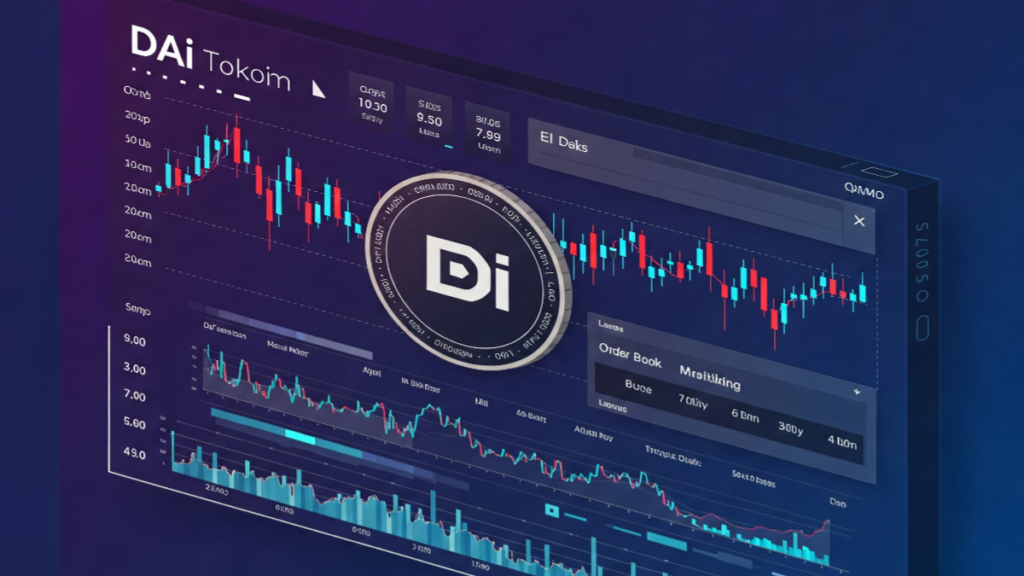
Advantages of Dai: Trustless, Transparent, and Accessible
- Decentralization: No single point of control or failure exists.
- Global Access: Anyone with internet access can use Dai, which can help those without bank accounts.
- Censorship Resistance: No government or corporation can stop transactions made with Dai.
Challenges and Concerns
- Scalability: High fees and congestion on Ethereum can make it expensive to use Dai.
- Regulatory Scrutiny: Governments are closely monitoring stablecoins, which could impact Dai’s operations.
- User Complexity: Collateral ratios and liquidation risks can be difficult for users to understand.
The Future of Dai: Growth and Innovation
- Connecting with Other Chains: Dai is working on being available on networks like Polygon and Solana to reduce fees.
- Incorporating real-world assets: MakerDAO is starting to accept things like real estate as collateral, connecting DeFi to the traditional financial system.
- Improved governance: Plans for a decentralized “metaDAO” aim to streamline decision-making processes.
From testnet to mainnet: Pi network expected to launch on February 20, 2025
Conclusion: Dai’s impact on the financial future
Dai Coin shows how decentralized systems can create stable and inclusive financial tools. As DeFi continues to grow, Dai’s ability to remain stable, open, and flexible puts it in a strong position to be a global, trustless financial system. Whether you want to hedge losses, lend money, or make everyday payments, Dai isn’t just another stablecoin – it’s a significant shift in how we think about money.




